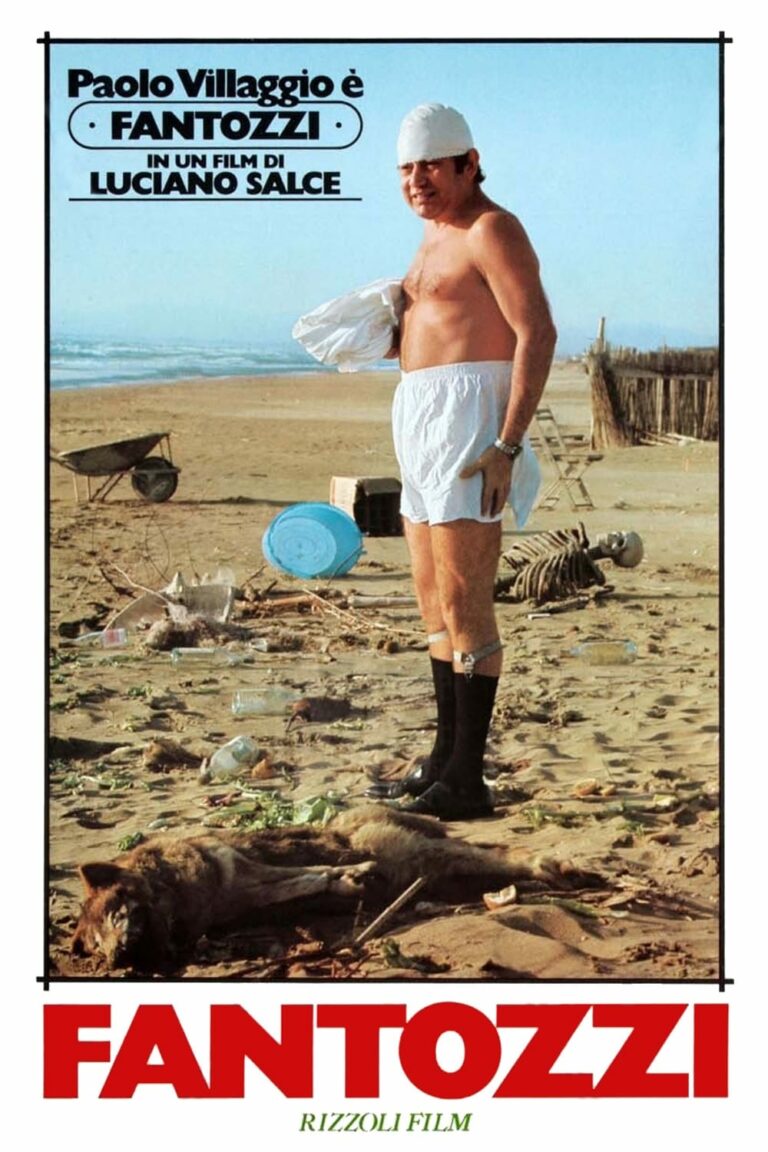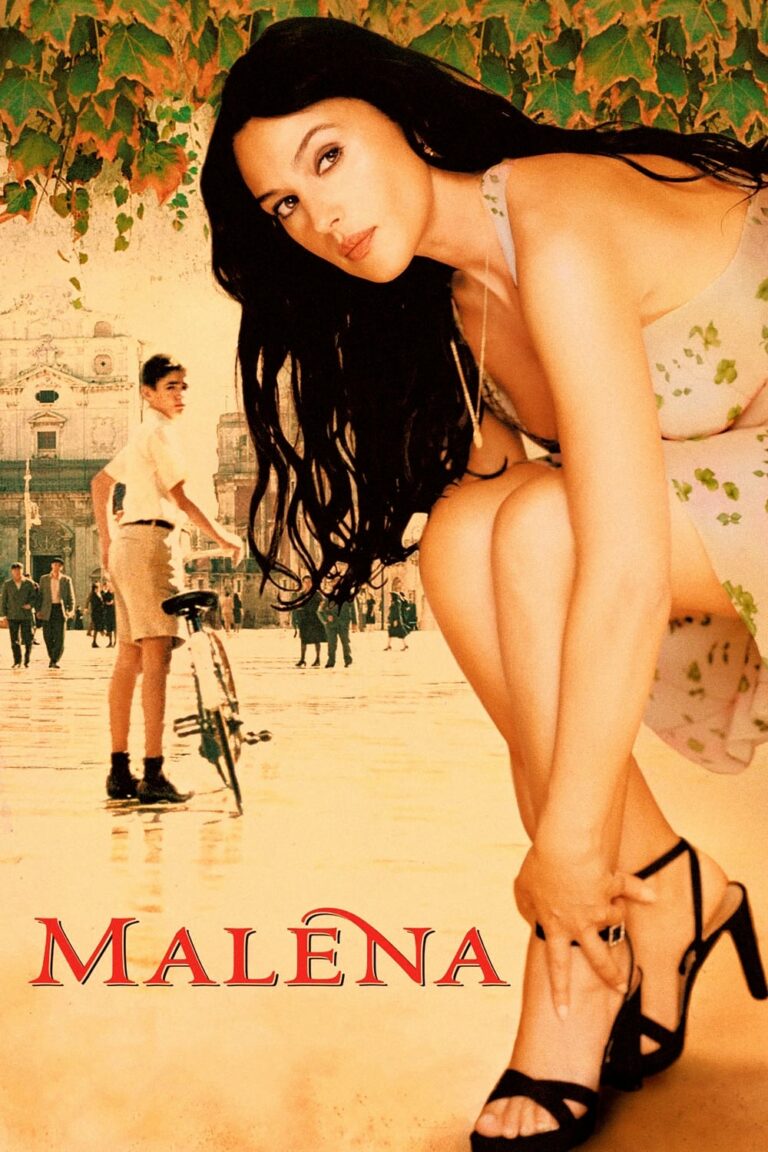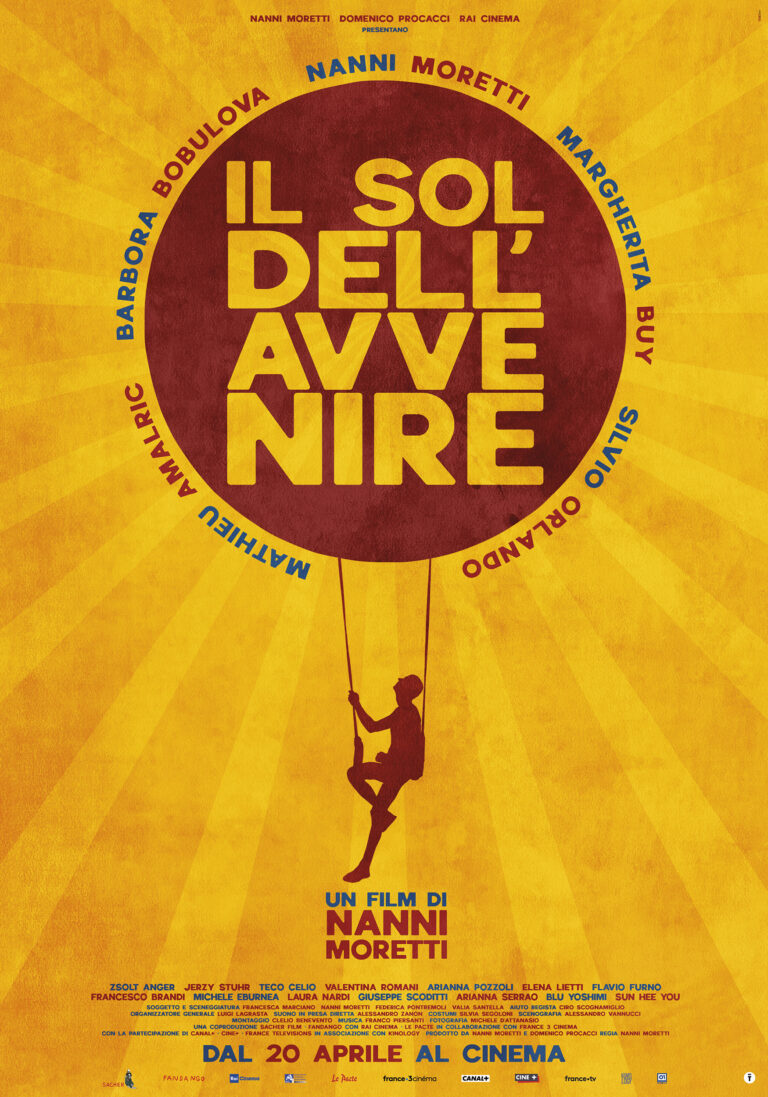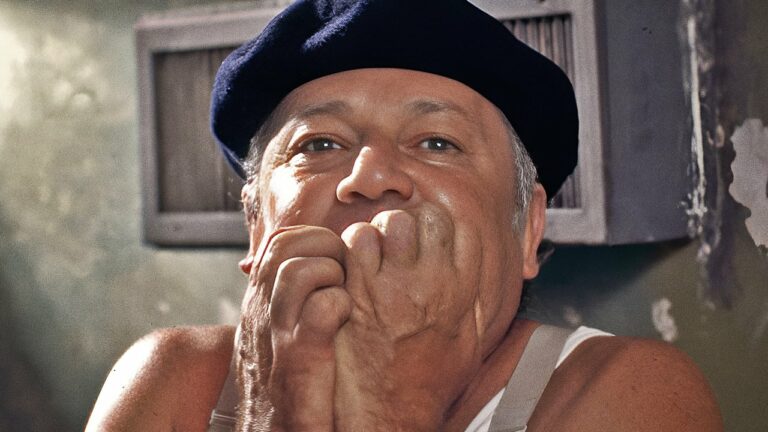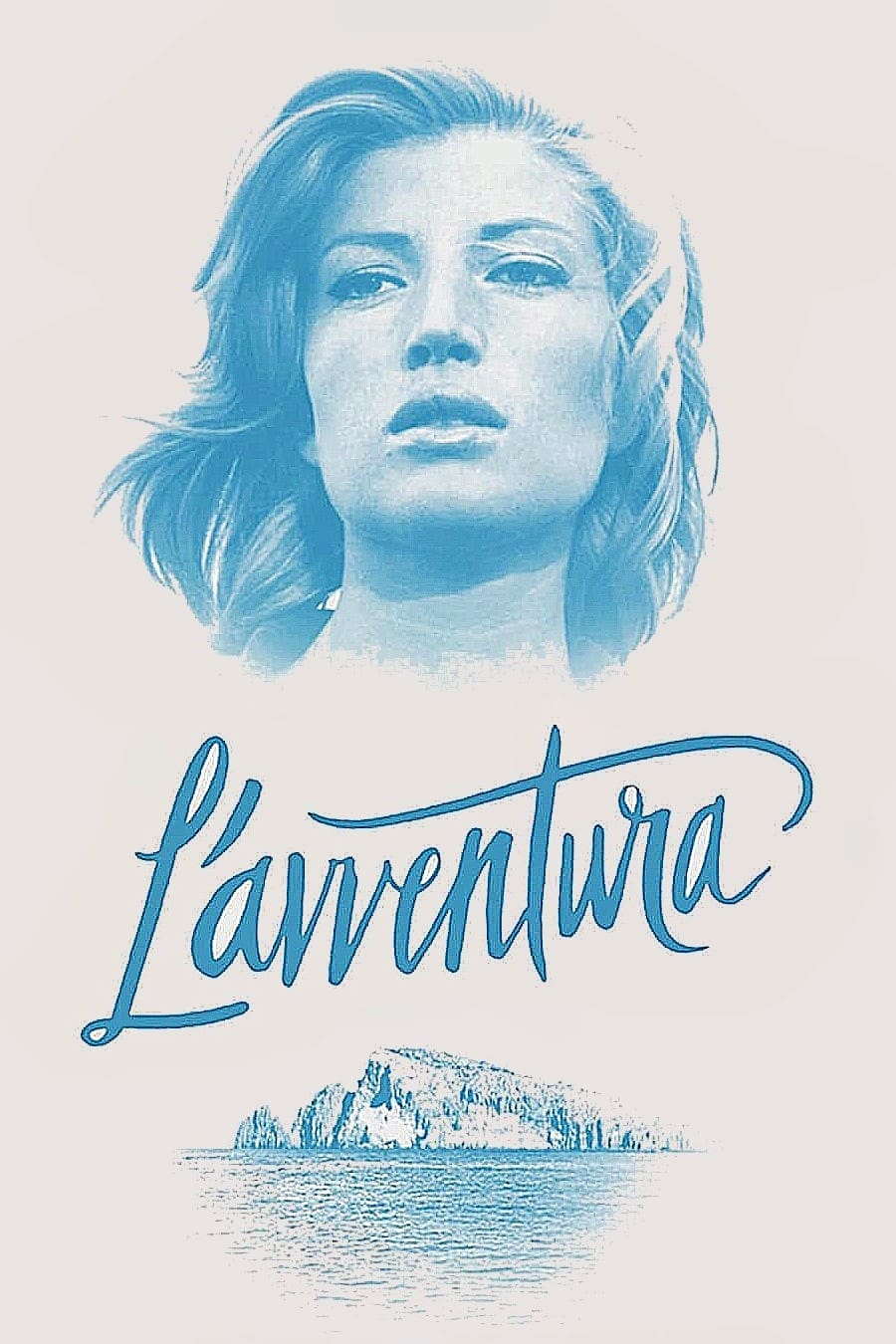
Michelangelo Antonioni’s L’Avventura (1960) is a hallmark of modernist cinema, defying conventional narrative structure and redefining how films engage with themes of alienation, disconnection, and existential ennui. Premiering at the Cannes Film Festival, L’Avventura polarized audiences with its enigmatic style, eventually earning a Special Jury Prize and becoming one of the most influential films in cinematic history.
A Radical Departure in Storytelling
At its core, L’Avventura tells the story of a group of wealthy friends who embark on a yacht trip to a remote volcanic island. During their visit, Anna (Lea Massari) mysteriously disappears. What begins as a search for Anna evolves into a deeper exploration of human relationships, particularly the burgeoning affair between her fiancé, Sandro (Gabriele Ferzetti), and her best friend, Claudia (Monica Vitti).
Antonioni subverts traditional narrative expectations by focusing less on the mystery of Anna’s disappearance and more on the emotional and psychological states of the characters left behind. The unresolved plot frustrates those expecting resolution, but this ambiguity is central to the film’s commentary on the emptiness and superficiality of modern life.
Visual Storytelling and Cinematic Style
Antonioni’s visual style in L’Avventura is as striking as its thematic depth. The cinematography, helmed by Aldo Scavarda, transforms landscapes into characters in their own right. Stark, windswept islands and desolate urban settings reflect the emotional void and isolation experienced by the characters. The long, lingering shots and careful composition emphasize the spatial and emotional distance between people.
Monica Vitti, in her breakout role as Claudia, delivers a performance that is both restrained and deeply evocative. Her expressions, body language, and moments of silence speak volumes, reflecting the internal conflict of a character caught between guilt and desire.
Themes of Alienation and Modernity
L’Avventura delves into themes of existential detachment, portraying a world where characters struggle to connect meaningfully with one another. Sandro’s materialistic pursuits and Claudia’s moral uncertainty highlight the moral and spiritual malaise of the postwar Italian bourgeoisie.
Antonioni uses silence and pauses to convey the unspoken tensions between characters. The sparse dialogue and absence of a conventional musical score heighten the sense of unease, leaving viewers to grapple with the emotional undercurrents of each scene.
Critical Reception and Legacy
Upon its release, L’Avventura was met with both praise and criticism. Its unconventional narrative and slow pacing initially alienated some audiences, but as its thematic richness became apparent, the film garnered acclaim from critics and filmmakers alike. Directors such as Martin Scorsese and Stanley Kubrick have cited L’Avventura as a profound influence on their work.
The film’s impact on modern cinema is undeniable. Its fragmented narrative, existential themes, and innovative visual techniques have inspired countless directors, from Ingmar Bergman to Terrence Malick. It paved the way for a more introspective and experimental approach to filmmaking, proving that cinema could be as complex and thought-provoking as literature or painting.
Conclusion
L’Avventura is more than just a film; it is a meditation on the human condition, a critique of modernity, and a bold statement about the possibilities of cinema. Michelangelo Antonioni’s vision challenges viewers to look beyond the surface and engage with the profound questions the film poses about love, loss, and identity.
Even decades after its release, L’Avventura remains a touchstone for cinephiles and filmmakers, a testament to the enduring power of art to provoke, inspire, and transform.
